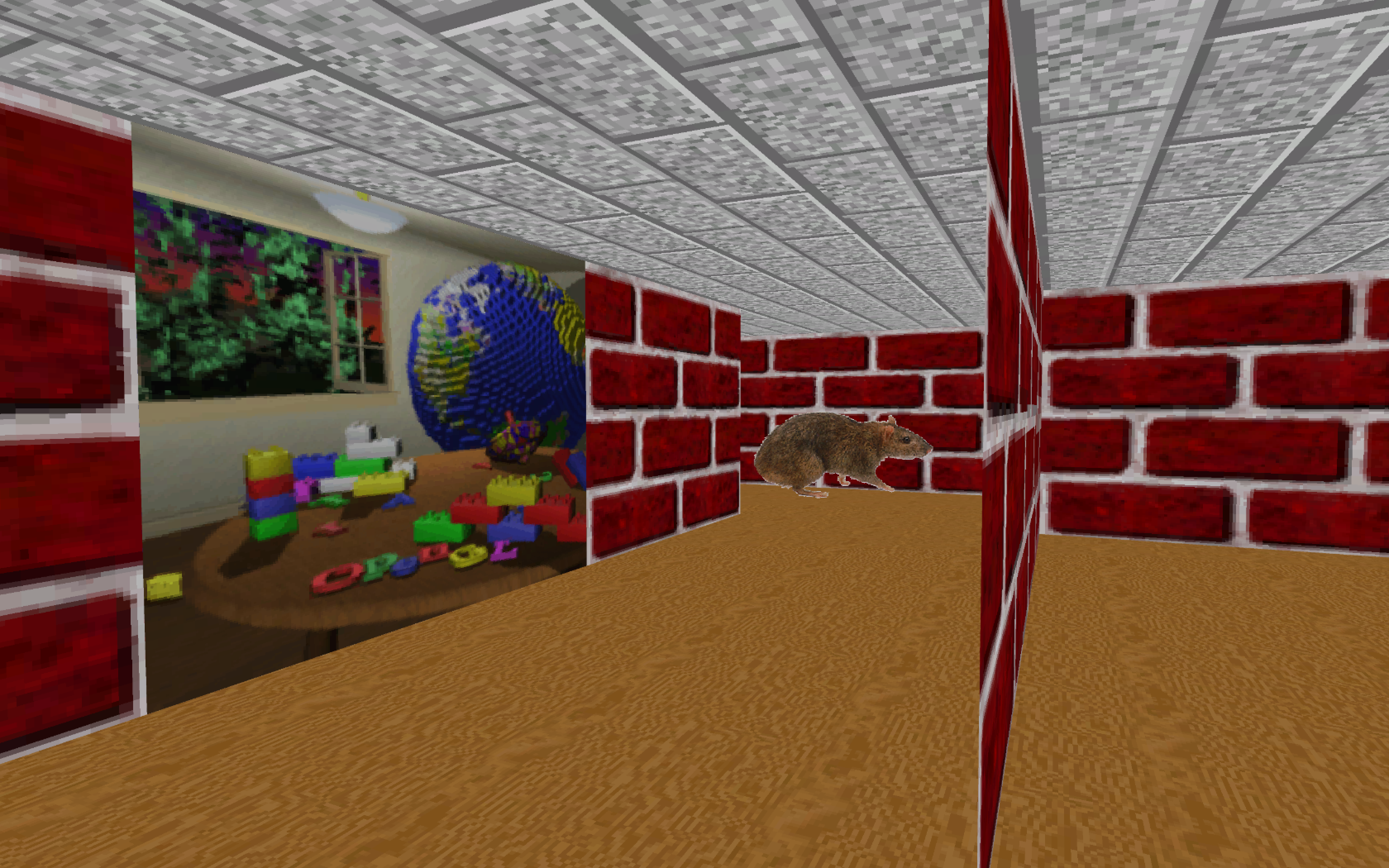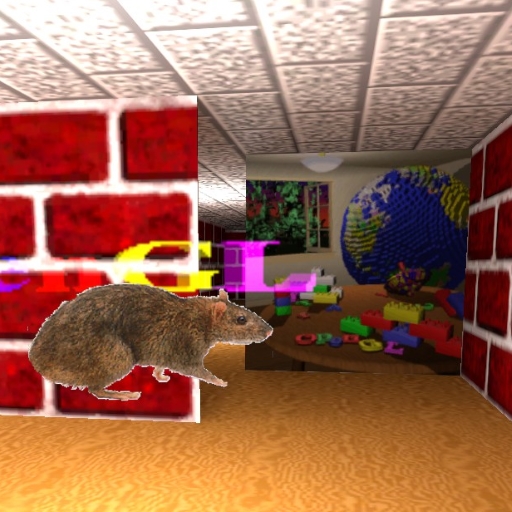

"In a digital maze, you cannot separate people's frustration at their inability to find their way out from their frustration with the interface and how the maze is presented," Gramazio explains. But the real problem, perhaps, is that mazes and labyrinths aren't that fun to navigate-at least by the standards of games that define 'fun' as a brisk feedback loop between task and reward with minimal ambiguity or downtime.

Maze environments are inherently artificial and arcane, and it's difficult to fit them into many stories and settings. "Even going back to the Windows 95 screensaver maze, right? A lot of early 3D, even if it wasn't explicitly labelled a maze, is something that we would now consider maze-like."Įven going back to the Windows 95 screensaver maze, right? A lot of early 3D, even if it wasn't explicitly labelled a maze, is something that we would now consider maze-like Holly Gramazioįor all these precedents and opportunities, however, mazes and labyrinths aren't much celebrated in games today. "I think a lot of how we understand moving through 3D spaces in videogames today comes from maze-like experiences," notes Holly Gramazio, game designer, curator, and scriptwriter for Dicey Dungeons, who once organised a maze exhibition for London game festival Now Play This. While not the first of its kind, Namco's Pac-Man spawned a wave of 2D arcade maze-chase games in the 1980s. The original first-person shooter was arguably Maze (1974), created by students on Imlac computers at a NASA laboratory.

Off the mapįor a time, mazes and labyrinths were central to videogames.
WINDOWS 3D MAZE SCREENSAVER MAP PC
Every month we run exclusive features exploring the world of PC gaming-from behind-the-scenes previews, to incredible community stories, to fascinating interviews, and more. This article first appeared in PC Gamer magazine (opens in new tab) issue 355 in April 2021.


 0 kommentar(er)
0 kommentar(er)
